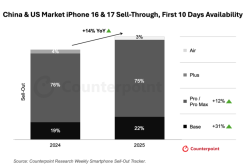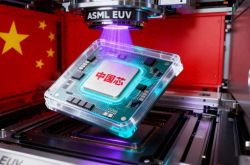[Insight] Three Key Factors Fueling the Expansion of the Specialty Robot Market, Projected to Surpass US$14 Billion by 2024
![]() 04/14 2025
04/14 2025
![]() 599
599
In sectors such as military, emergency response, nuclear industry, mining, and petrochemicals, specialty robots have emerged as vital tools, capable of substituting or augmenting human efforts in hazardous, arduous, or intricate tasks. This has led to a significant enhancement in both work efficiency and safety.
Specialty robots are advanced robotic systems utilized in non-manufacturing industries to serve human needs, distinct from industrial robots. These robots are tailored to specific industries or application environments, addressing personalized and diverse requirements.
Highly specialized and intelligent, specialty robots excel in harsh, dangerous, or inaccessible environments, replacing or assisting humans. Equipped with cutting-edge sensors, processors, communication technologies, and sophisticated algorithms, they enable efficient autonomous or remote-controlled operations. Depending on their functionality and application contexts, specialty robots encompass various types, including service robots, underwater robots, military robots, agricultural robots, bomb disposal robots, reconnaissance robots, and surgical robots.
As technology advances, the application of specialty robots has burgeoned across various fields, exhibiting a thriving market trend. According to the Global and China Specialty Robot Industry In-depth Research Report 2025 by Sino Market Research, the global specialty robot market is anticipated to exceed US$14 billion by 2024, with an average annual growth rate surpassing 20% over the past five years. This upward trajectory is attributed to the confluence of several factors.
Firstly, policy support plays a pivotal role in driving the growth of the specialty robot market. Governments worldwide have enacted policies to foster research, development, and application of specialty robots. For instance, China's 14th Five-Year Plan for the Development of the Robot Industry and the Implementation Plan for the "Robot+" Application Action provide a conducive policy framework for the advancement of specialty robots.
Secondly, technological advancements are a crucial driver of the specialty robot market. Continuous improvements in sensors, processors, communication technologies, and artificial intelligence have significantly enhanced the capabilities of specialty robots, enabling them to better navigate complex environments and task requirements. Additionally, the incorporation of new materials and manufacturing processes has further bolstered the reliability and longevity of these robots.
Lastly, the escalating demand for specialty robots across various applications is another significant factor fueling market growth. In sectors like military, emergency response, nuclear industry, mining, and petrochemicals, specialty robots are indispensable in performing dangerous, arduous, or complex tasks, vastly improving efficiency and safety. Furthermore, they are increasingly assuming crucial roles in agriculture, electricity, construction, and other domains.
Investment analysts at Sino Market Research emphasize that the specialty robot market boasts extensive development prospects and immense potential. With ongoing technological advancements and expanding application demands, the scope of specialty robots will continue to broaden and deepen. Simultaneously, the continuous expansion and upgrading of domestic and international markets present additional growth opportunities for the specialty robot industry. It is imperative for governments and all sectors of society to provide greater attention and support to foster a conducive environment for the development of specialty robots.








